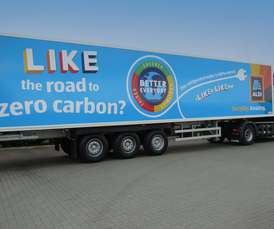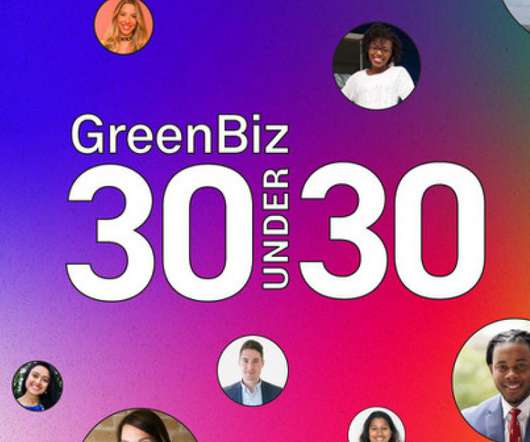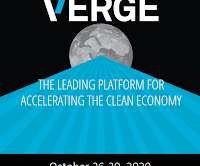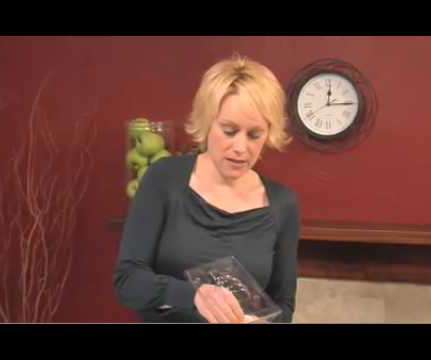? Spinning CO2 into clothes
Climate Tech VC
AUGUST 10, 2023
We’ve spilled plenty of ink in this newsletter on carbon capture, but less on what happens after —particularly carbon-to-value. Downstream emissions result from the transportation and packaging involved in distribution, product usage itself (e.g., spinning, weaving, and knitting). incineration or landfills).
















Let's personalize your content